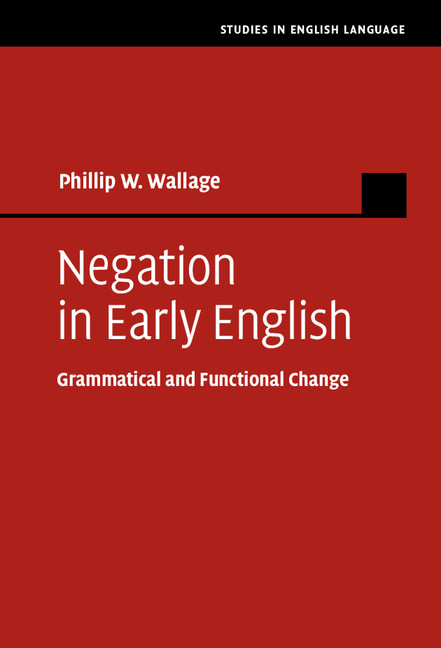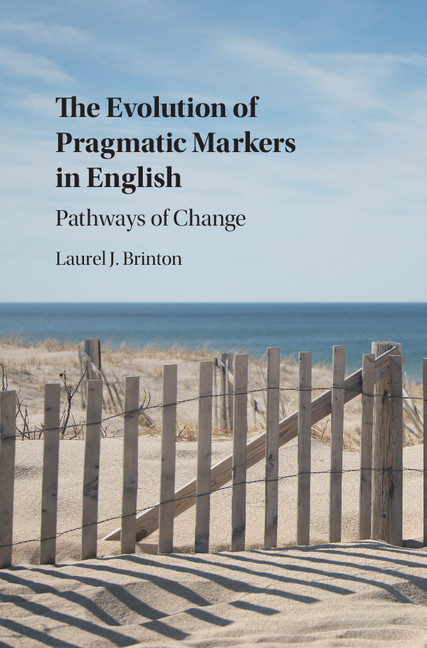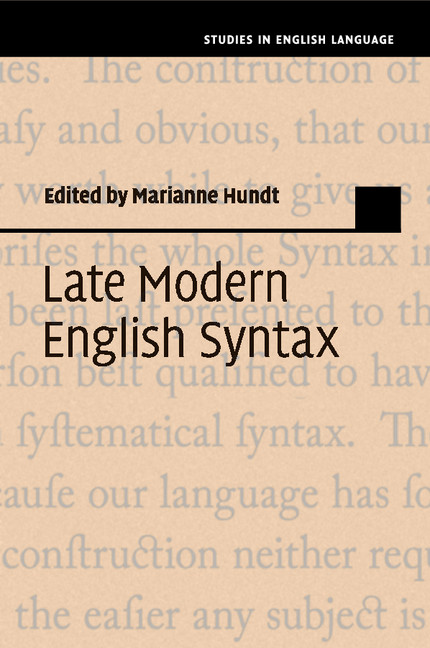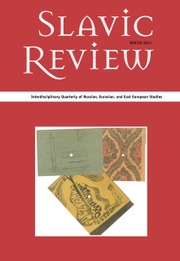Negation in Early English
Informed by detailed analysis of data from large-scale diachronic corpora, this book is a comprehensive account of changes to the expression of negation in English. Its methodological approach brings together up-to-date techniques from corpus linguistics and minimalist syntactic analysis to identify and characterise a series of interrelated changes affecting negation during the period 800–1700. Phillip Wallage uses cutting-edge statistical techniques and large-scale corpora to model changes in English negation over a period of nine hundred years. These models provide crucial empirical evidence which reveals the specific processes of syntactic and functional change affecting early English negation, and identifies diachronic relationships between these processes.
- The detailed discussion of new corpus data and an empirically grounded description of changes to early English negation across a broad historical period offers a new perspective from which to view the changes in negation as they progress
- Presents a clear methodological approach to the study of syntactic change in diachronic corpora that future research can adopt and build on
- Integrates variationist, formal and functional approaches to change within a single analysis
Product details
May 2017Hardback
9781107114296
268 pages
235 × 157 × 18 mm
0.49kg
Available
Table of Contents
- 1. Introduction
- 2. Quantitative evidence for a model of the Jespersen Cycle in Middle English
- 3. Distributional evidence for two types of ne: redundant negation
- 4. Distributional evidence for different types of 'not'
- 5. The syntax of early English Jespersen Cycle: a morphosyntactic feature-based account
- 6. The role of functional change in the Jespersen Cycle
- 7. Negative concord in Early English
- 8. Negative inversion: evidence for a quantifier cycle in early English
- 9. The loss of negative concord: interaction between the quantifier cycle and the Jespersen Cycle
- 10. Conclusion.






